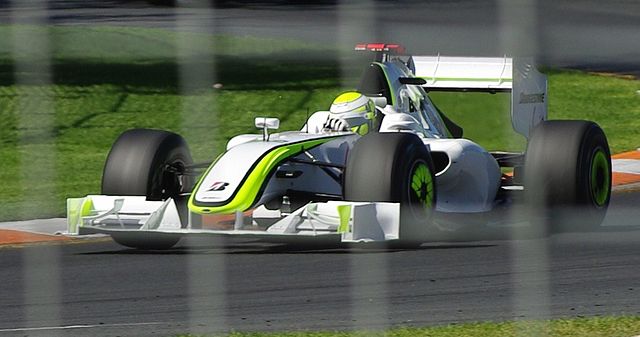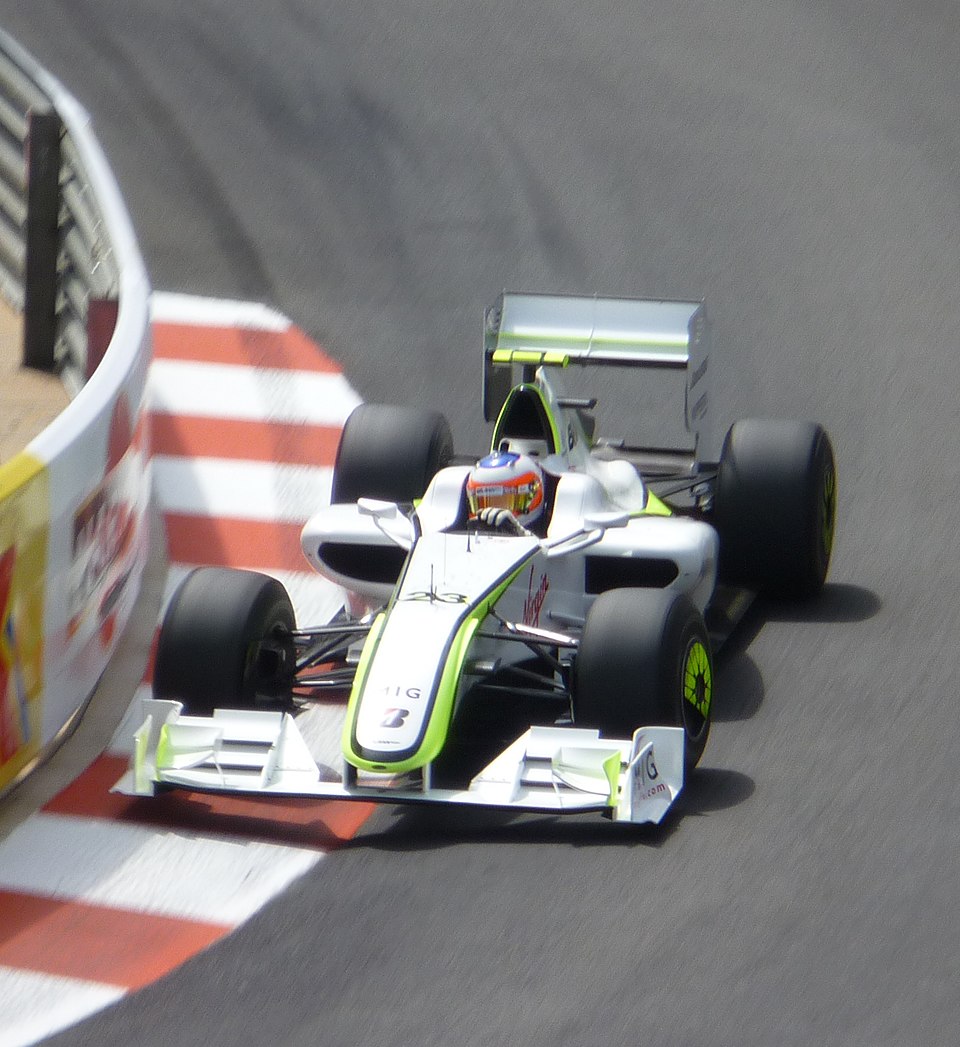The story of how a Formula 1 team was bought for one pound and then went on to complete the sport.
In December 2008, Honda Racing F1 announced their withdrawal from Formula 1 due to the global financial crisis (GFC). The GFC was a worldwide economic crisis that primarily revolved around the United States and was the largest since the Wall Street crash in 1929.
This created an opportunity for Ross Brawn, who had previously been the technical director for the Honda, Ferrari and Benetton teams, to purchase the team from Honda. As a result of Honda’s financial withdrawal from the sport, Brawn was able to purchase the team for just £1! Talk about a bargain.
Desperate for the team to survive, Brawn was able to secure a budget equal to the amount Honda would have saved if they had made all their staff redundant. This gave Brawn a £92.5 million budget. However, this still forced the team to make over three hundred staff redundancies. Although this was still a cloud over the team, they could take positivity from the fact they were still a team in the paddock and could compete for another year.
Honda Racing F1 was renamed, and Brawn GP was officially born. Although Brawn has basically acquired the remaining assets and staff of the Honda team, the FIA viewed Brawn GP as an entirely new team, but due to the team’s circumstances, they were allowed to waive the standard entry fee. The team also had to contend with the regulatory changes. These regulation changes in F1 required teams to design a new car from the ones used in the previous years, and although Brawn GP lacked funding, they hit the nail on the head with the car’s design.
Once the team was acquired from Honda F1, Brawn made the decision to stick with both Jenson Button and Rubens Barrichello as the team’s drivers. Brawn GP also had many manufacturers available when choosing the engine for their car, but ultimately, they settled on Mercedes. The Honda engine, which had been in the car, was one of the worst on the grid, so it was interesting to see how the team would compete once they moved away.
This proved to be a very smart decision by the team. The Mercedes engine clearly suited the car, with the team securing pole position and second place in their debut qualifying session at the 2009 Australian Grand Prix before winning the race the next day. In order to showcase the importance of this win, there were slim chances of the team even being ready for the race in Australia, never mind finishing 1st and 2nd. The programme for the race didn’t even have the Brawn GP logo on it.
Jenson Button driving for Brawn GP in Australia in 2009.

Brawn’s decision not to hit the market in search of a new set of drivers was also extremely successful, with Button winning six of the first seven races. Barrichello was also no pushover, winning two races during the season. Although the start of the season was unbelievable for the team, they couldn’t enjoy it too much as the constant fear of damage to the car loomed over their heads. The team couldn’t afford to replace the parts for the chassis if it was broken. One bad crash and their entire season would have been virtually over; luckily for them, this didn’t happen, and they went on to dominate the first half of the season.

The team’s immediate success shocked the rest of the paddock due to Brawn’s significantly smaller budget. Their success in the 2009 season wasn’t entirely unsurprising to the Brawn GP team, who had noticed their pace in comparison to rival teams during pre-season testing. However, they just believed this had to be an error in their maths.
Eventually, the lack of funding caught up to the team, and they were unable to develop the car further. This allowed other teams, such as Red Bull, to adjust to the regulations and catch up to Brawn GP. Red Bull Racing Renault managed to pick up 43 points in the last three races compared to the 19 points collected by Brawn GP. However, the debut team’s early-season success proved to be enough.
At the end of the 2009 Formula One season, Jenson Button won the Drivers’ Championship, beating Sebastian Vettel to the title. Alongside the help of Rubens Barrichello, who finished third overall, Brawn GP won the Constructors’ Championship. As of 2025, they still remain the only team to have a one hundred per cent record in the sport.
You may be wondering why one hundred per cent?
At the end of their historic debut season, Mercedes-Benz, the team’s engine supplier, alongside Aabar Investments, purchased a 75.1 per cent stake in the Brawn GP team. A full rebrand ensued; the team was renamed Mercedes GP, and its colours were changed from white and yellow to silver. The Silver Arrows went on to dominate the sport and became iconic in their own right. Many of the Brawn GP employees were retained following the buyout.
Although Brawn GP only graced the Formula One scene for one season, they have become iconic for defying the odds, and their fairy tale season will go down in history.
If your interested in all things Formula One click here







